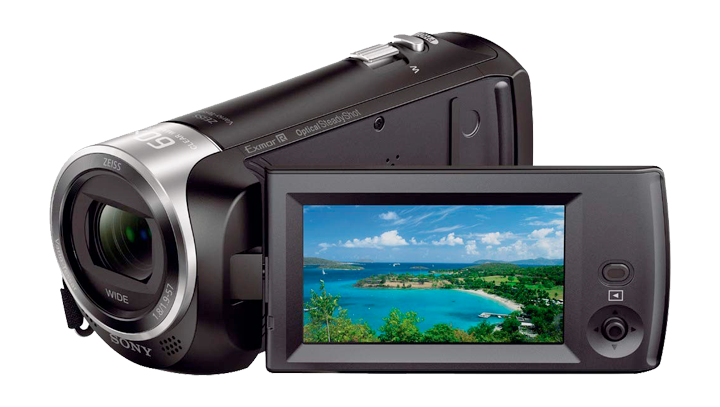One of the first questions you might ask yourself when you start filming is which device should I use to film with. We've had a think about the devices that are around and put them in order of preference below.
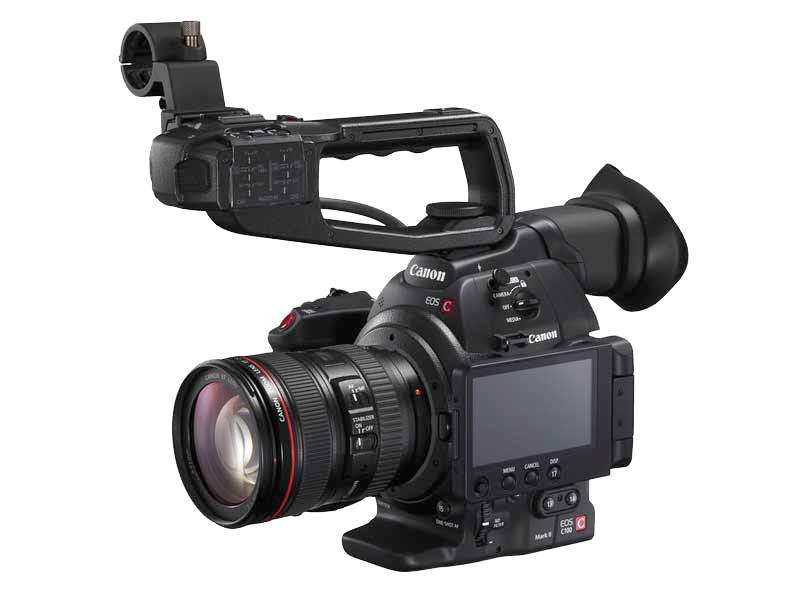
Pro Video Camera - It won't surprise you to know that top of our list would be a pro video camera. We often use a Canon C100 MKII. If you have access to a pro camera then of course, we would suggest this. We will also assume that if you have a pro camera, you know how to use it.
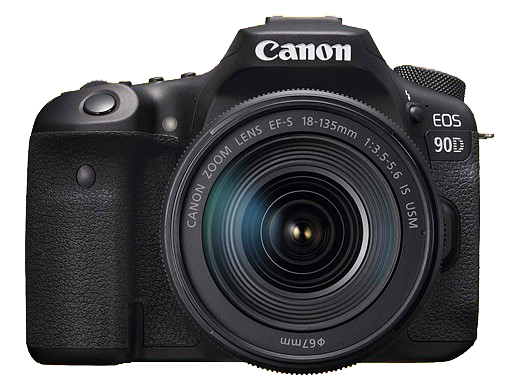
DSLR Camera - If you have access to a decent DSLR camera then it is quite likely that this has video recording capabilities. The large sensors and interchangeable lenses on these cameras make them a popular choice with independent filmmakers. With DSLRs you can have manual control over a lot of the features filmmakers need, like sensitivity, aperture, frame rates and shutter speed. You are also likely to find a microphone input allowing for an external mic to be added. Indy filmmakers love the shallow depth of field you can get from a DSLR.
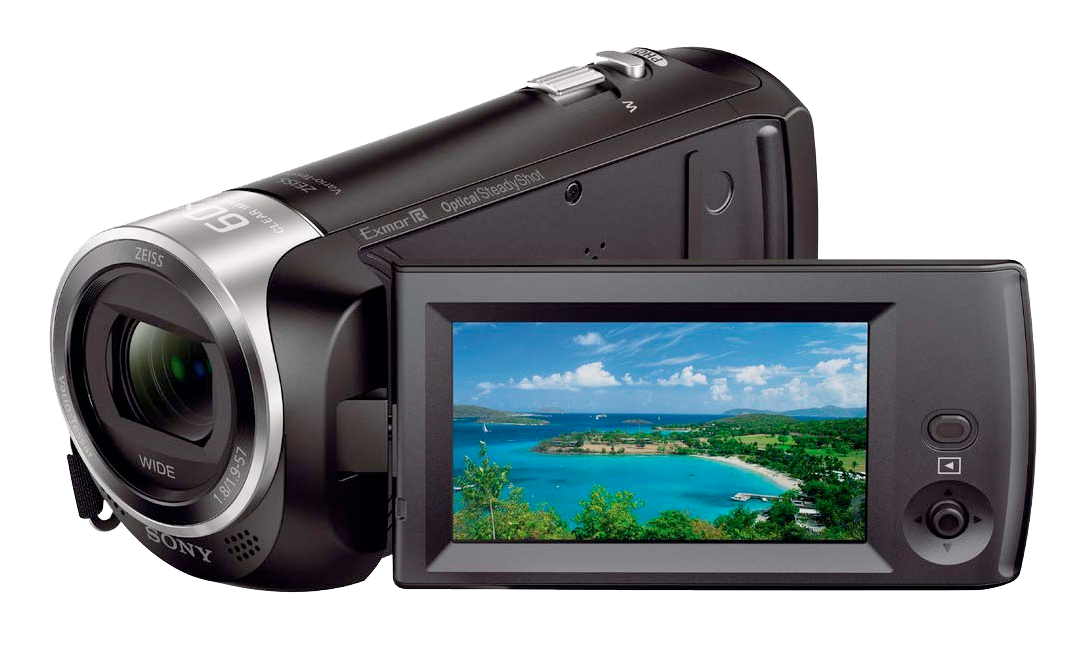
Consumer Video Camera - Next on our list we've added consumer video camera. This assumes that it is a fairly recent model with HD filming capabilities. It's a tough choice as there is probably not much in it between this and a decent smartphone. In fact, some of the most modern smartphones offer 4K video recording. We think the advantage consumer cameras have over smartphones is that they will have optical zoom and expandable memory. Although we don't often use the zoom while recording it can be invaluable for framing shots.
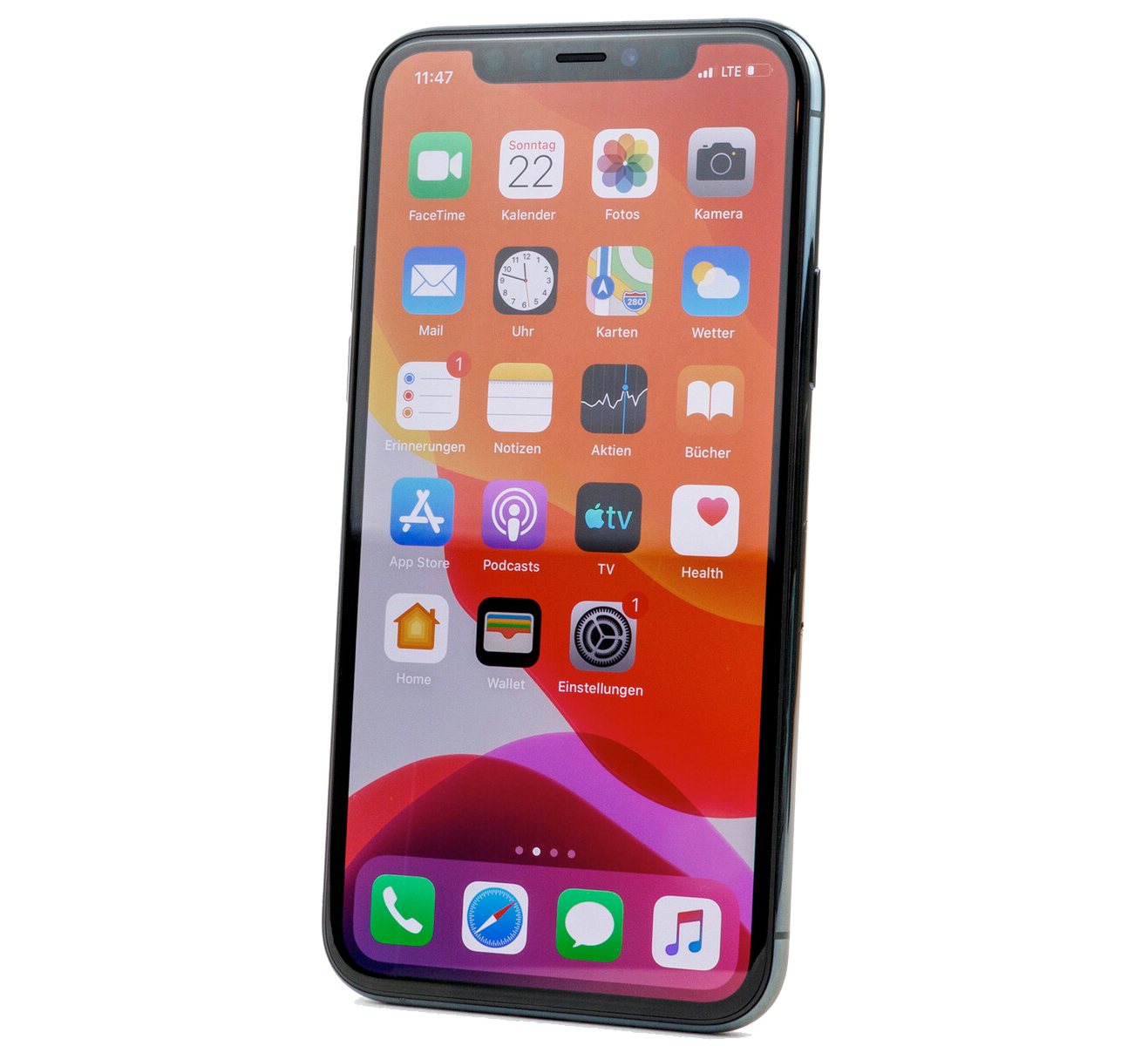
Smart Phone - Smartphones are everywhere now and the more recent you model, the better it will likely be for recording video. Most smartphones manufactured in the last 3 -5 years will have a rear facing HD camera (1920 x 1080 pixels) Some will have 4K video recording capabilities. The downside to using a smartphone is the audio quality but these are very potable devices that you will often have with you. You can also buy a number of accessories to help boost your production value. There are also a number of app out there that can help give you control of exposure and frame rate settings, for those who want that control.
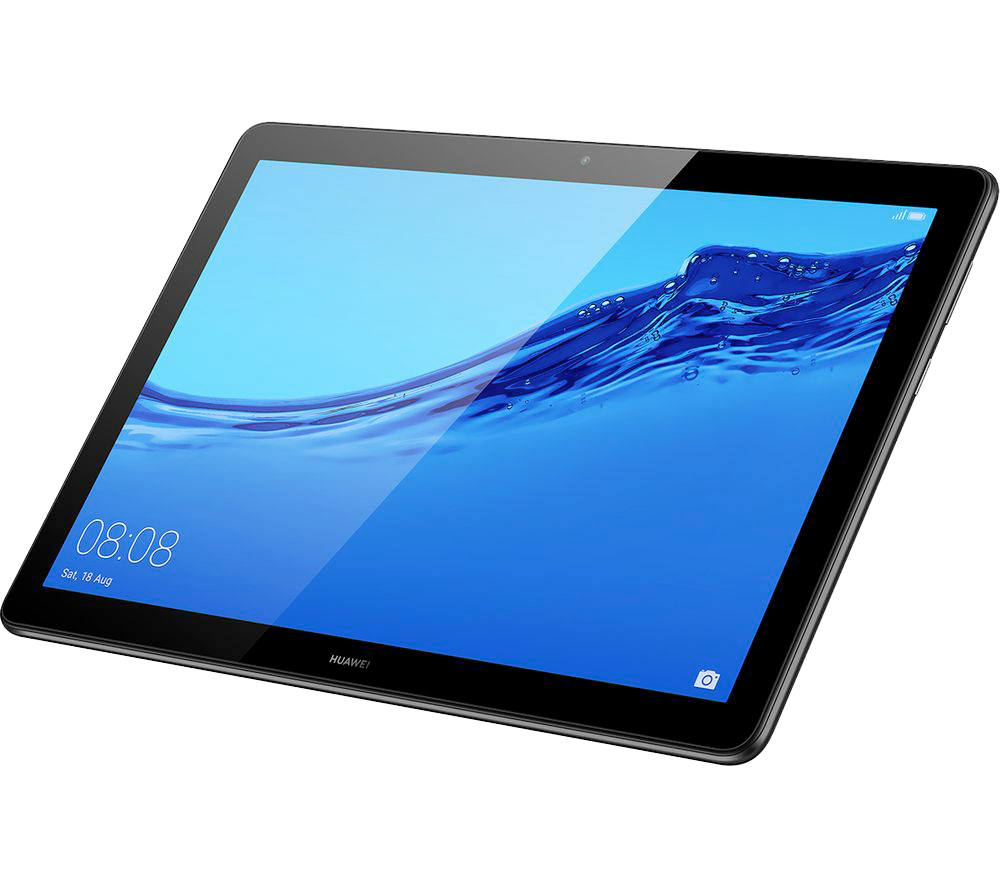
Tablet- The pro's & cons of tablets are very similar to smartphones. In our opinion it falls below the smartphone because it is often updated less frequently so you are more likely to have an older model, it is also more cumbersome to hold and the camera tech on smartphones tends to be better.

Laptop or webcam - This would be our last resort choice for recording a video. The quality of these cameras is often poor by comparison, often not offering HD, poor low light capabilities and poor resolution. As with tablets, laptops tend to be less frequently upgraded than smartphones so you will more likely have a better smartphone camera than you will on your laptop.
This is by no means a detailed list and device suitability will vary based on model and age. Treat this as a rough guide and check the specifications of your device. Remember rear facing cameras on smartphones and tablets are often better quality than the front facing camera. So many things affect the quality of your shot but if you use camera resolution as a quick check, 720p (HD) is higher resolution than SD. 1080p (Full HD) is higher resolution than 720. 4K (Ultra HD) is higher resolution that 1080. We recommend using devices with HD filming capability for a good quality web video.

